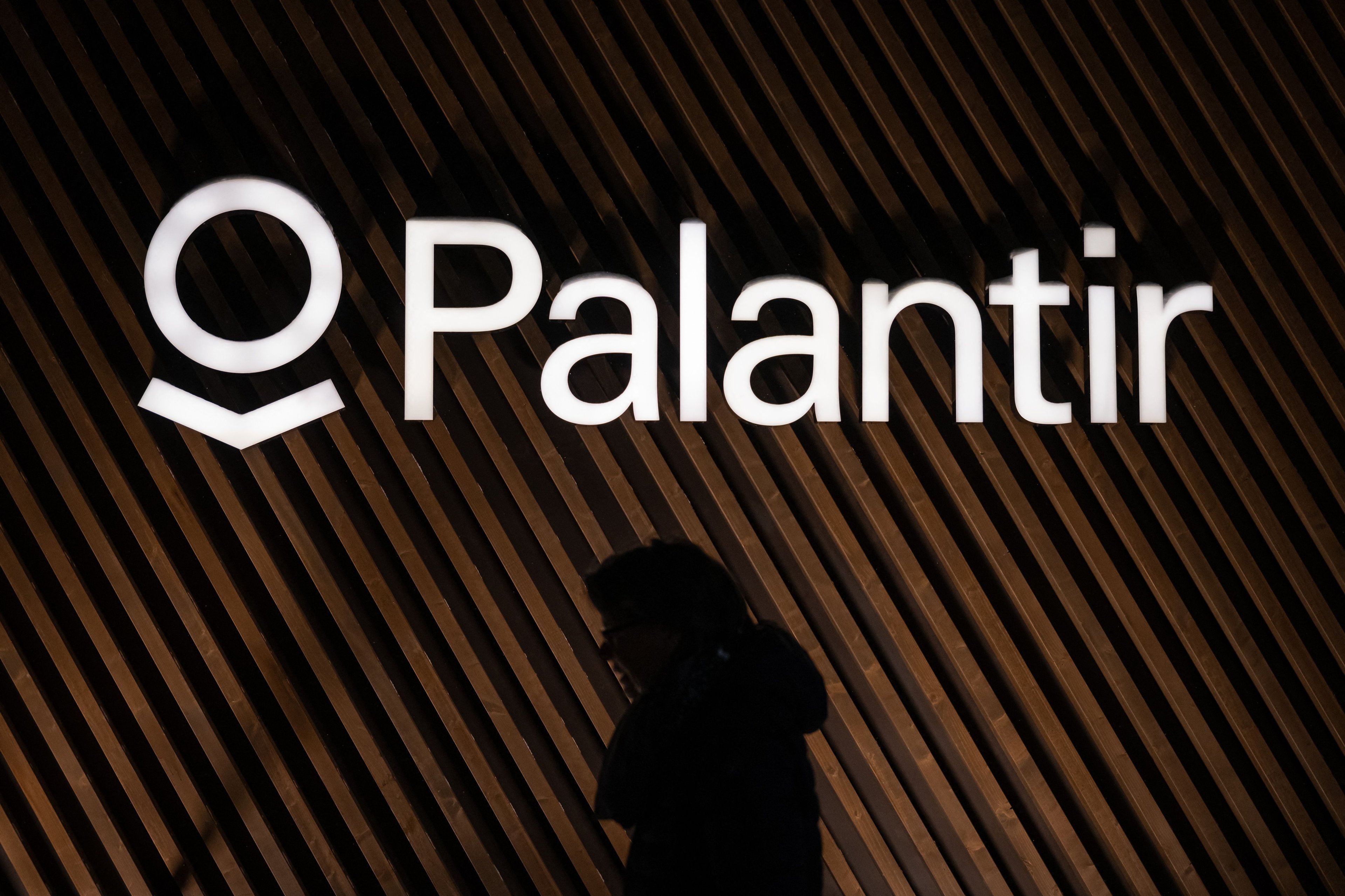It's no secret that investors have gone bananas for artificial intelligence (AI) stocks over the past few years. What's a little peculiar, though, is how concentrated the AI trade has become -- dominated by the "Magnificent Seven" and a handful of high-profile outliers, one of the most widely discussed being data mining specialist Palantir Technologies (PLTR 5.68%).
Palantir isn't alone. One of its closest rivals in enterprise software is Databricks, a data warehouse platform that just found its name in the headlines. Earlier this week, Databricks announced a fresh funding round that valued the company at over $100 billion. For context, Palantir's market cap sits around $340 billion -- making it more than 3 times the size of Databricks.
So, what's Databricks planning to do with its war chest of new capital? According to management, the company will be using the funding to "accelerate its AI strategy" -- spearheaded by the launch of Agent Bricks, a new product aimed at the emerging opportunity of agentic AI. This could prove to be a masterstroke, as Nvidia's Jensen Huang believes AI agents could swell into a multitrillion-dollar market, making this a strategically timed play by Databricks.
The bigger question that looms is whether or not Databricks is closing the gap with Palantir. Let's dig into how Databricks is positioning itself to challenge larger rivals in the software-as-a-service (SaaS) arena, and whether its valuation disparity with Palantir is justified.

NASDAQ: PLTR
Key Data Points
What is Databricks?
Large enterprises typically rely on a patchwork of specialized tools to run their operation. Sales and marketing live in customer relationship management (CRM) platforms like Salesforce. Financial ledgers are often managed in Intuit, while human resources data resides in systems such as Workday.
While each tool serves a purpose, a major pain point persists: The data is fragmented and siloed. In tech jargon, this is known as "unstructured data."
This is precisely where Databricks steps in. The company's flagship Lakehouse platform unifies these disparate data points into a single, governed source. Once this information is consolidated and structured, organizations can extract insights far more efficiently, accurately, and at scale -- turning raw data into actionable intelligence.
The value proposition is already resonating. More than 15,000 businesses use Databricks in some capacity -- including over 60% of the Fortune 500.

Image source: Getty Images.
What is agentic AI?
Traditional large language models (LLMs) like ChatGPT, Gemini, Perplexity, and Claude are designed to generate responses based on human input. Put simply, as powerful as they've become, they are still reactive tools -- waiting for a prompt before producing an output.
Agentic AI represents a transformational leap beyond reactive models. Instead of passively responding to queries, AI agents can take autonomous, proactive steps to analyze a problem, formulate an execution plan, and carry it out with minimal oversight.
Consider a retail example. An AI agent could identify pricing discrepancies with competitors or uncover deeper consumer shopping patterns, then simulate scenarios to recommend a targeted sales campaign. It can even model how consumers might react and automatically send a polished proposal to a decision maker -- all without the micromanagement of a supervisor.
In essence, AI agents are not generic chatbots. Instead, they function more like digital operators -- capable of spotting opportunities, streamlining workflows, and executing on complex tasks. For large corporations, the efficiency gains from these tools could be game-changing.
Is Databricks closing the gap with Palantir?
As a private company, Databricks is not obligated to disclose detailed financials or key performance indicators. However, once a start-up begins to reach the scale of its public peers, revenue estimates often surface.
According to reports, Databricks is generating an annual recurring revenue (ARR) run rate of roughly $3.7 billion. For comparison, the midpoint of Palantir's 2025 financial guidance is $4.1 billion in annual sales.
While ARR run rate and forward sales guidance are not perfectly equivalent metrics, they can be used directionally to illustrate scale. On this basis, Databricks and Palantir appear to be operating in a similar revenue ballpark.
So, what's fueling the valuation gap between Palantir and Databricks?
Palantir's premium stems from consistent profitability and its established platforms -- Gotham and Foundry -- serving as AI backbones for large businesses and government agencies alike.
Databricks aims to close the valuation gap by evolving into a comprehensive, end-to-end operating system unifying enterprise data architectures. Its aggressive push into agentic AI could make it a major winner as AI investment migrates downstream -- shifting from infrastructure to software applications.
For now, gaining exposure to Databricks is limited to accredited investors or through secondary offerings. However, its strategic advancements in agentic AI positions Databricks as a compelling business to monitor for a potential initial public offering (IPO) down the road -- possibly at a steep discount to Palantir.





